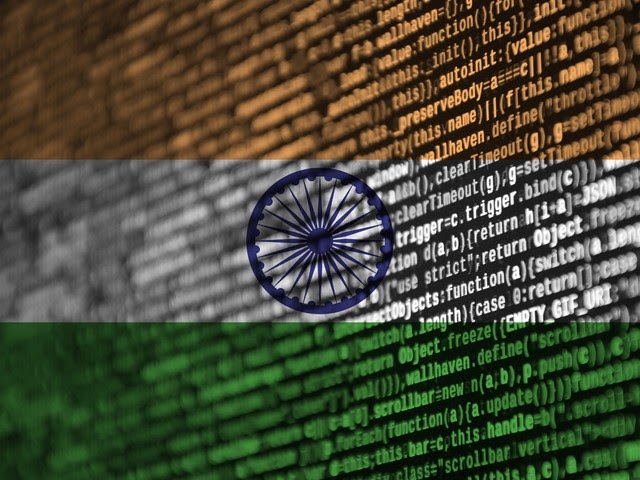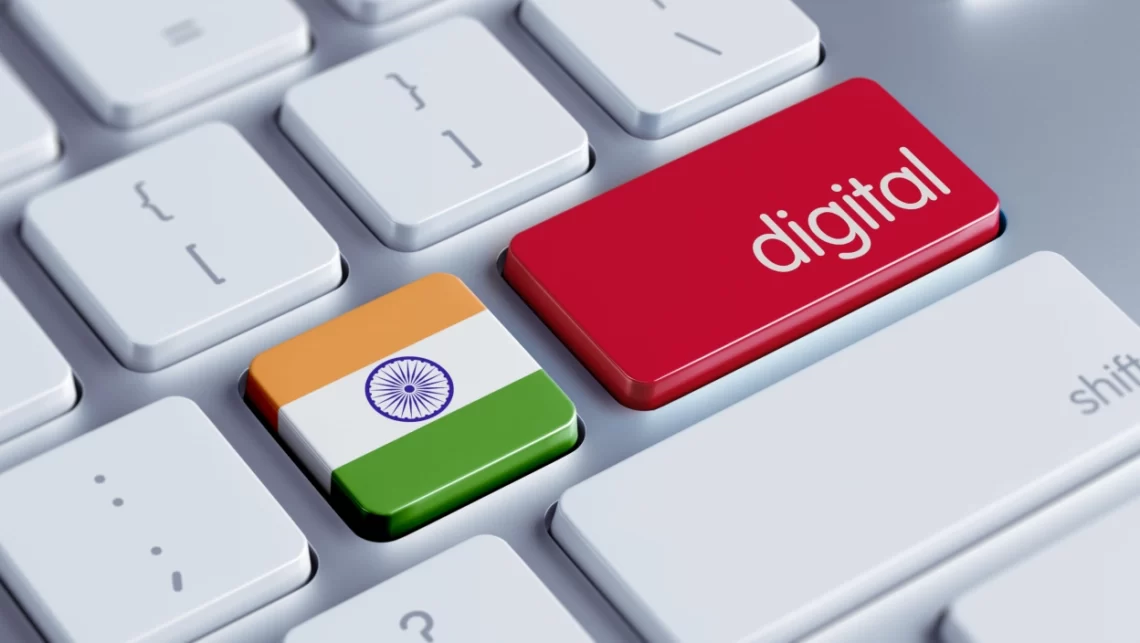The Digital India campaign was launched by Prime Minister Narendra Modi (Government of India) in order to ensure that the services are made accessible to the citizens through digital means i.e. electronically.
The vision took birth back in 2015 and the status is currently active. The country is on a constant path towards being digitally empowered ever since.
The initiative has seen a lot of advancement and it also incorporates ventures such as digital locker, digital attendance, Swachh Bharat Mission mobile app, eHospital, eSign framework, UMANG, and the mygov.in website.

During the Covid-19 crisis, we have witnessed the surge in the use of technology especially since all the physical workload saw a major shift in mode.
It was evident that the global economy faced a downward trend. All the tasks that were once preferred to carry out in person are now done virtually through screens.
India is fast in adopting technology and it is definitely proving to be feasible when it comes to access to information, news, or education purposes however what impact it has upon the economy is open to debate.
Before we try to study what digitalization means for India, it is important to keep in mind that across the globe many noteworthy economies have emerged which have exhibited their technological capabilities at an outstanding level.
South Korea, Singapore, Hong Kong, Estonia, Taiwan, and the United Arab Emirates are some of the many exceptional countries that have tried to adapt to technological innovation and gained considerable momentum.

Some analysts said that this Digital India plan could probably boost the country‘s GDP up to 1 trillion dollars by 2025.
It is believed that it would play a crucial role in macroeconomic factors and also generate employment, increase labor productivity and help businesses grow.
Affect on the economy:
- Many milestones have been achieved and the development of e-governance, broadband highways, mobile connectivity has been seen.
- Infrastructure became more integrated since gram panchayats got connected. Common Service Centres (CSCs) allowed digital services to reach the residents of rural areas. States like Uttar Pradesh and Jharkhand made reasonable attempts at improving the pre-existing conditions.
- Startups benefited a lot from the scheme and made India the third-largest tech setup in the world. The estimated worth of the e-commerce market came out to be $54 billion in 2020 with over 9,300 tech startups contributing.
- Investors have been attracted and a steady flow can be seen over the years.
- More and more employment opportunities are created. Future growth of telecommunication companies is also going to give the youth employment opportunities.
While the flagship program seems promising, certain speed-breakers in the road may cause disturbances to the entire process, possibly slowing down the pace.

Usually, for a scheme like such to be victorious, it is important that only after meticulous discussions and deliberations the implementation is done. Lack of proper planning may lead to a downfall.
Some challenges can appear to be mere hiccups but can ultimately affect the plan. These include:
- Slow internet speed hindering daily progress.
- Lack of flexibility makes adaptation a lengthy process.
- Low-quality education, unable to produce skillful manpower in the designated industry.
- Issues related to taxation and encounters with legal policies.
- Threat to privacy, rising cybercrimes, and frauds.
In a nutshell, the scheme favors the economy to a great extent, however, that cannot make us negligent towards the severe consequences, the quotient of mishandling of technology or misuse. Success is not latent but to ensure security the cyber safety frameworks should be strengthened.












